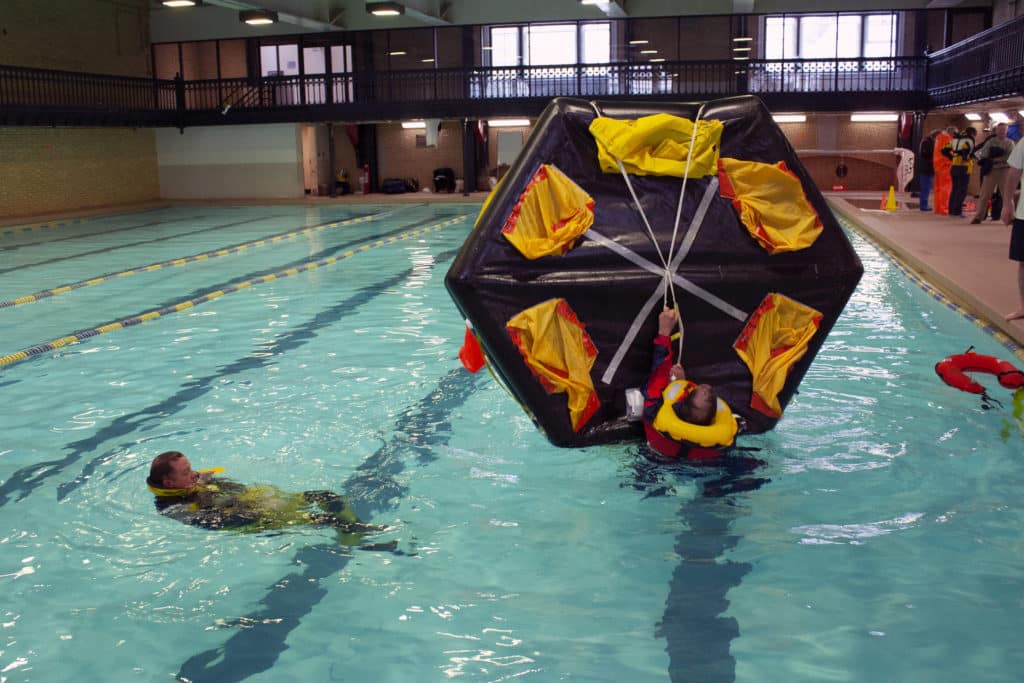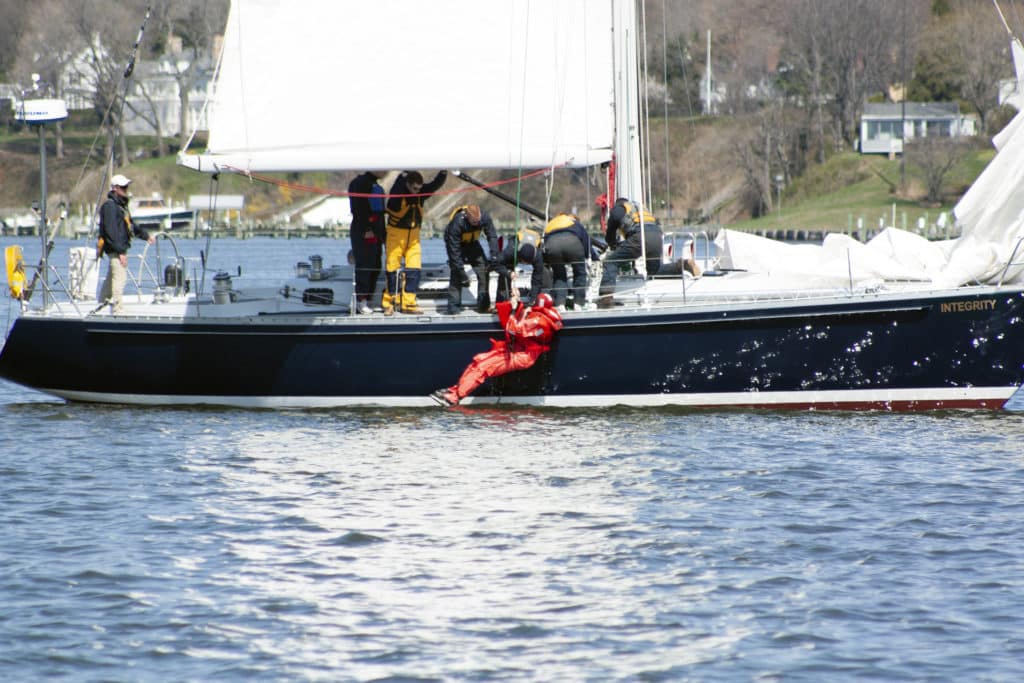
Just when many of us are making plans to get back out on the water, the Cruising Club of America has drafted a broad set of guidelines encouraging skippers to create what it calls a “Culture of Safety.”
The online document stems from work undertaken by the CCA’s Safety and Seamanship Committee. According to its chairman, John Robinson, it’s a reaction to the committee’s review of several recent sailing incidents that might have been avoided or had different outcomes had crews been better trained or equipped to deal with emergencies. Among them, was a crew-overboard fatality during the 2018 Race to Mackinac, in which multiple things went wrong. In that incident, a crewmember adjusting a line on powered up racer was swept overboard shortly after the start, and three attempts to recover him failed. Though he was wearing a life jacket at the time, it never inflated.
“Good seamanship demands a culture of safety to prevent serious injury (or loss of life) to all those on board at all times. The skipper is responsible for creating that culture before going to sea and providing leadership before and during each voyage, whether the voyage is an ocean passage, a daysail or a race around the buoys.” So states the report, “Creating a Culture of Safety: The Skipper’s Responsibility.” It can be found at cruisingclub.org/article/safety-culture.
Robinson said most of the incidents studied by the committee occurred during races, but the safety recommendations being considered by the CCA would apply equally to cruising sailors. Both types of skippers are often in attendance at CCA-hosted Safety at Sea seminars and workshops run by other groups.

“Safety is a little like motherhood and apple pie,” he noted. People are all for it, but it’s more difficult to get them to pay attention to the gear, protocols, crew practice and clear communication that all need to come together in an emergency.
At first the committee focused on particulars, such as use of life jackets, but as they continued, the members concluded it would be better to take a step back and focus on a bigger picture: “the leadership role that the skipper must play.” It’s a role that’s quite broad in scope, which the committee wanted to highlight.
The result is an outline comprised of bullet points to get a conversation started about safety. While his committee continues to work on recommendations as to how protocols and training might be improved, as a first step, members decided to present a broad outlook and share it publicly.
“Basically, what we’re trying to do is increase safety at sea by bringing more attention to it,” Robinson said.








